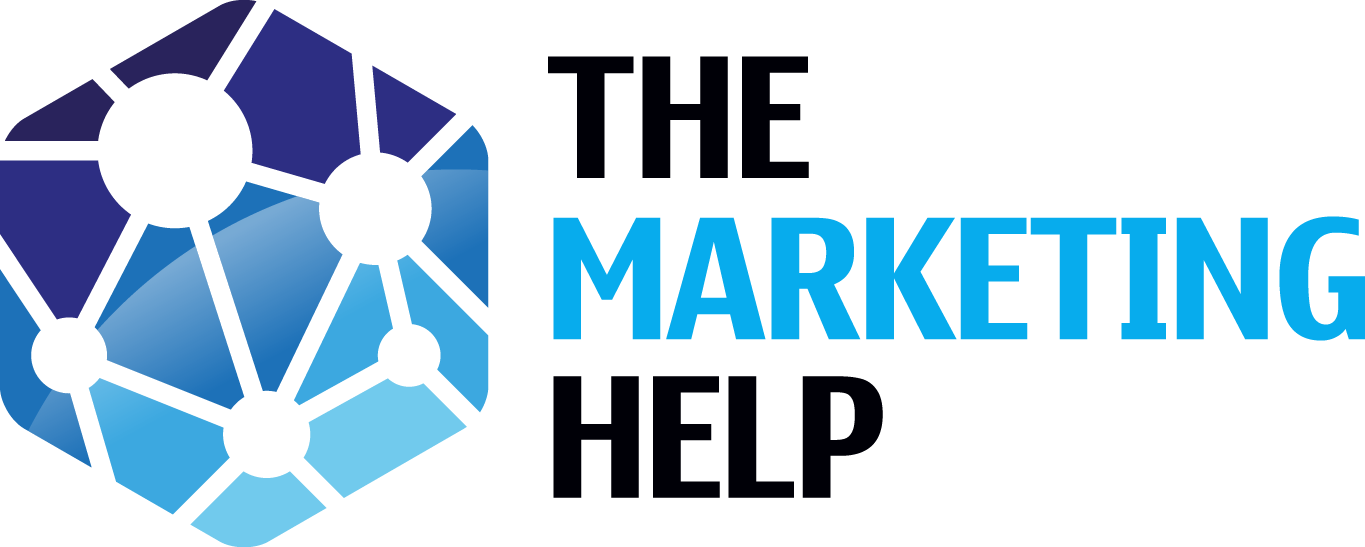Understanding Your Career Profile
Whenever we’re working with a marketing professional through the Career Mentor program, the Career Profile comes up. Usually during the very first session.
The Career Profile is a visualization of who you are as a professional. It helps you boil down what you know - your Experiences - and who you know - your Network - in an actionable way.
And it reveals the overlap of the two - your Brand - and what your professional principles are.
It’s an outline of 8 different aspects of your professional career leading up to today:
Projects you’ve worked on (experience)
Companies you’ve worked for/with (experience)
Certifications you’ve attained (experience)
Formal education you’ve received (experience)
Colleagues you’ve worked for/with (network)
Clients or vendors you’ve collaborated with (network)
Contacts in your industry or other industries (network)
Associations you’re part of (network)
After seeing this Career Profile list for the first time, most marketers ask us, “How is the Career Profile different from my resume?”
The difference is a crucial one.
The Resume is a public-facing document that is purpose-built. You take all of your professional experiences, boil down the most relevant aspects for a particular job opening, and design a resume to land one specific role at one specific company. It’s sole purpose is to be shared with an individual hiring manager.
That’s right - a purpose-built document.
We hope this isn’t breaking news, but you, John & Jane Marketer, shouldn’t have a single ‘Resume 20XX’ PDF that you attach to every job application you send in.
You should have ‘Resume - [Company A] - [Role A]’...and ‘Resume - [Company B] - [Role B]’...and ‘Resume - ‘Company C] - [Role C]’...and so on throughout your career.
Erik and I can’t tell you how many times we’ve been hiring for a marketing role, opened a batch of resumes, and wonder why half of the people even applied! Their resumes, and the experiences they reference, don’t match up to what’s outlined in the job description.
We, as hiring managers, provide very specific needs and wants, sometimes down to the project- or technology-level, for an available role, and half of the applicants submit a generic resume that doesn’t speak to the job description.
For more best practices on job application, cover letter writing, and resume design, we recommend you explore our Job Search Guidebooks at themarketinghelp.co/jobsearch.
Needless to say, marketers who have a Career Strategy will have many, many versions of their resume.
Your Career Profile, on the other hand is wholly personal and comprehensive. It is a way for you to organize all your professional experiences, connections, and guiding principles in one place.
The Career Profile enables you to visualize who you are as a professional and leverage it for introspection. Where have I been over the course of my career? What kinds of projects have I worked on, and what business results have they driven? Who have I connected with, across which industries, and in what types of businesses?
Check out our guide to the Career Profile and a downloadable template here.
Once complete, take a step back and appreciate who you are as a professional. Who you really are...not just your LinkedIn profile, your transcript, or your Resume.
Now here’s where the magic happens…
The Career Profile is actionable.
Depending on your goal, you can use the Career Profile to:
Build the best possible resume
Design the perfect personal pitch
Prep the most effective networking and interview nuggets
Uncover your professional strengths, gaps, and opportunities
Rebrand yourself at work and with your network
Pick projects that help you round out or dive deeper
Develop a crystal clear Career Path
A real-world example on building the best possible resume using your Career Profile…
Say I’m applying for a Marketing Specialist role for a company in an industry that I don’t have any past experience in - technology, for example, or healthcare.
Many of the applicants who do have experience in that industry will be peppering their resume with insider acronyms, giving them an advantage over you, getting to the top of the pile and getting an interview.
Without your Career Profile, you’d send in your standard resume, and you’d be right - your peers’ fancy acronyms would get them the interview and keep you at the bottom of the pile.
But with your Career Profile in hand, you understand your disadvantage and you can flip it. What experiences do you have that could be considered transferrable or ‘industry-adjacent’? How can you show that you have insight into how this company probably works?
Do you have experience in “highly regulated industries where process is king,” or in “fast moving industries where rapid innovation is mission-critical,” or at “enterprise-level organizations with matrixed reporting & responsibility structures”?
Your peers with more industry experience, who you’re competing with to get that interview, will lean heavily on their jargon and acronyms, while your resume and cover letter will actually have insight into how this organization works.
That’s what gets you to the top of the pile, and you got there because you understood your Career Profile.
After designing your Career Profile, there’s only one pillar left before the marketing professional has a complete Career Strategy - where they want to go, and how they plan on getting there. The final step is to visualize the Career Path...
